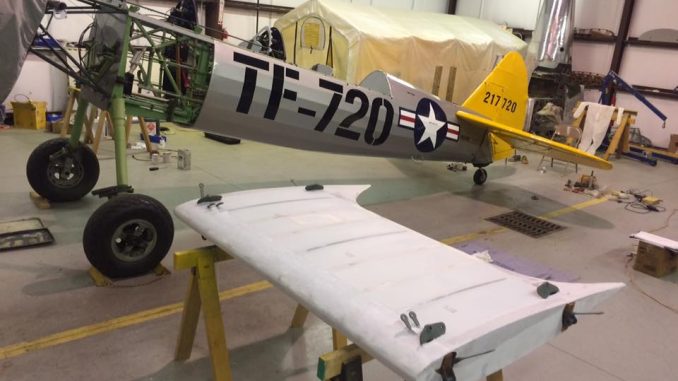
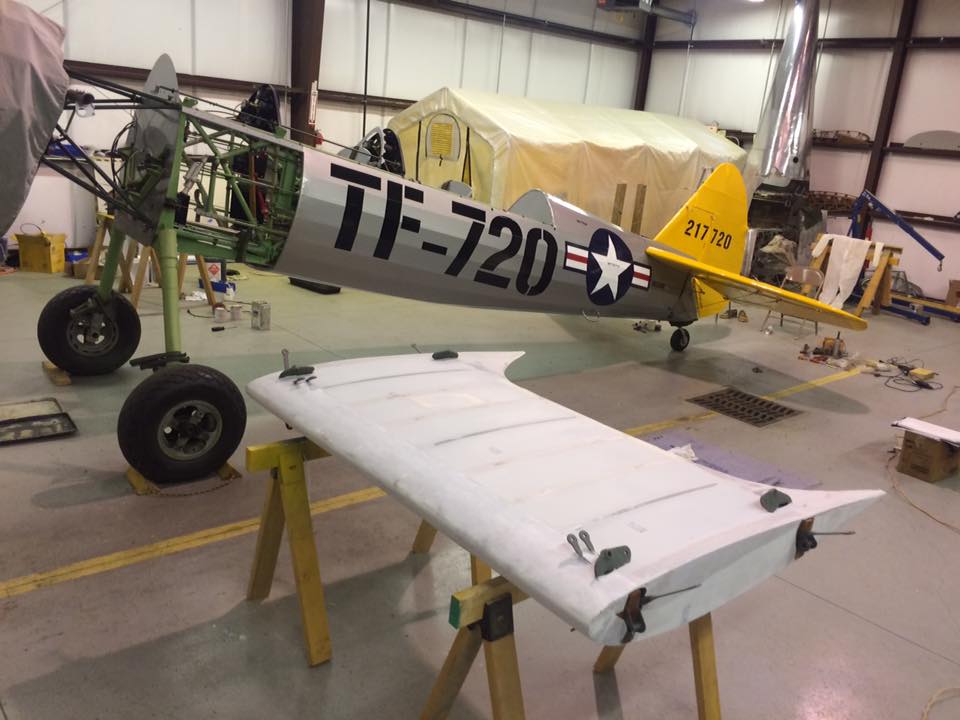
By Matt Jolley
Atomic Stearman? Yes, believe it or not, around fifty Stearman biplanes were still flying in the United States Air Force at the beginning of the atomic age. It wasn’t until 1949 the newly minted United States Air Force, retired the last of it’s famous biplane trainers. Stearman artisan, Mike Porter is completing his latest restoration, Stearman 42-17720. The buzz number is TF-720. What, “TF”? According to Mr. Porter, the “TF” designation comes from same USAF Technical Order that standardized the red stripe inside the national insignia. Porter added, this was in the age when a Mustang was listed in the “P”, or pursuit category. “T” was training in this case and the “F” was specific for the PT-13. Mike says “TA” would have been the buzz number for an AT-6 and “TG” would have been the designator for a PT-17. How’s that for a little unique history?
Stearman 720 will be like no Stearman flying today, this unique aircraft will be restored to the 1949 USAF specifications, making it a true “atomic” age biplane. Texas folks should pay close attention to 720, as she served her entire military career in the great republic. To call 720 the Yellow Rose of Texas, would be fitting for her history. Her military career began at Goodfellow Field outside San Angelo, then she bounced around the Lone Star state until she was placed in storage at Pyote Field. Her final few days in service were alongside legends like the Enola Gay, Memphis Belle and many more including the CAF’s B-17 “Sentimental Journey”. Mike says the story deepens here, 720 left Pyote when American Duster Company purchased her, along with forty-nine other Stearmans (they bought all fifty of the last birds). The new duster fleet was reassembled and flown off a dirt road, across from Interstate-20. It was from that dirt road they began their new lives with big engines, spraying crops in Idaho. Stearman 720 disappeared from the registry in 1970 and hasn’t flown since. It’s twist in history and lack of flying has helped to preserve it as a real time capsule. Today, 720 is nearly complete and its list of rare and wonderful original equipment is still growing.
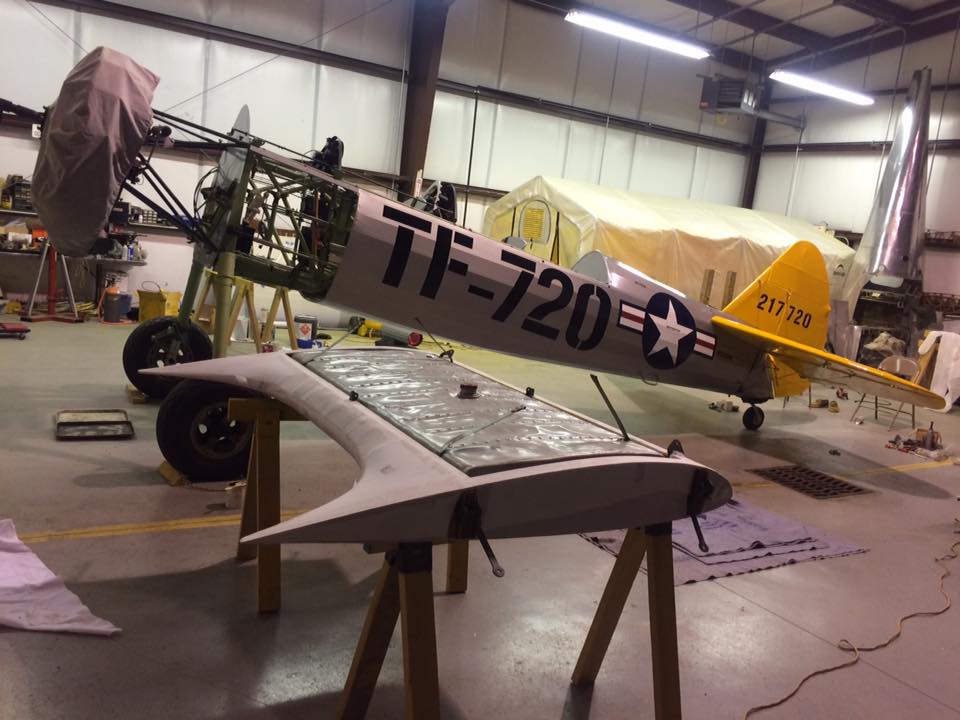
For the warbird purest out there, 720 will fast become their favorite Stearman, here’s why:
- Original instruments and panel layout
- Original vacuum tube intercom and battery
- Original right hand Co2 fire extinguisher
- Original inertial starter
- Original electrical boxes (mounted correctly – up front)
- Original map cases
- Original wooden seats, wooden control sticks and metal floor boards
- Stock Hayes wheels and brakes (1/500 sets made)
- Freshly overhauled engine
- New wood
- New hardware – epoxy painted
- Covered with Ceconite and Airtech Coatings
Bonus: According to engineer drawings (see image below) the last few Stearmans were equipment with passing lights on the upper left wing. Mike is considering installing one after a little more research – neat!
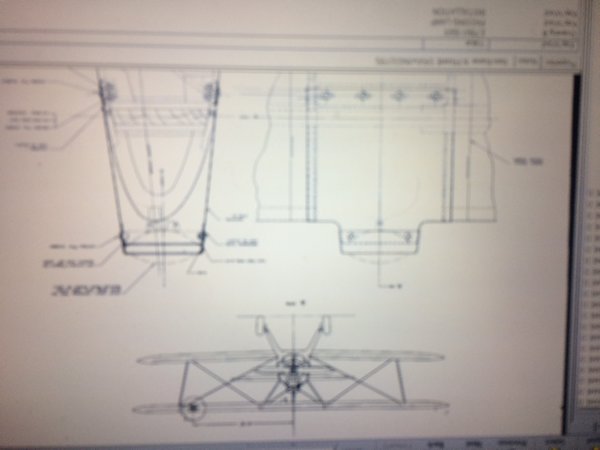
When asked how many of the last 50 were flying, Mike wasn’t sure. He knows of a few that are still airworthy and operating; however, he points out with a smile, 720 will be the only one flying with a period correct restoration. The historical significance of the last Stearman biplanes can’t be overlooked. As the USAF was transitioning from props to jets and conventional weapons to atomic, a handful of vintage biplanes were still in active service. Stearman 720 is the last of the breed, and will soon fly again as a reminder of just how far we’ve come.
Expected completion: Summer of 2017 / EAA’s AirVenture is already on the list of planned visits.
Offers for purchase will be considered: [email protected]
Born in Milan, Italy, Moreno moved to the U.S. in 1999 to pursue a career as a commercial pilot. His aviation passion began early, inspired by his uncle, an F-104 Starfighter Crew Chief, and his father, a military traffic controller. Childhood adventures included camping outside military bases and watching planes at Aeroporto Linate. In 1999, he relocated to Atlanta, Georgia, to obtain his commercial pilot license, a move that became permanent. With 24 years in the U.S., he now flies full-time for a Part 91 business aviation company in Atlanta. He is actively involved with the Commemorative Air Force, the D-Day Squadron, and other aviation organizations. He enjoys life with his supportive wife and three wonderful children.




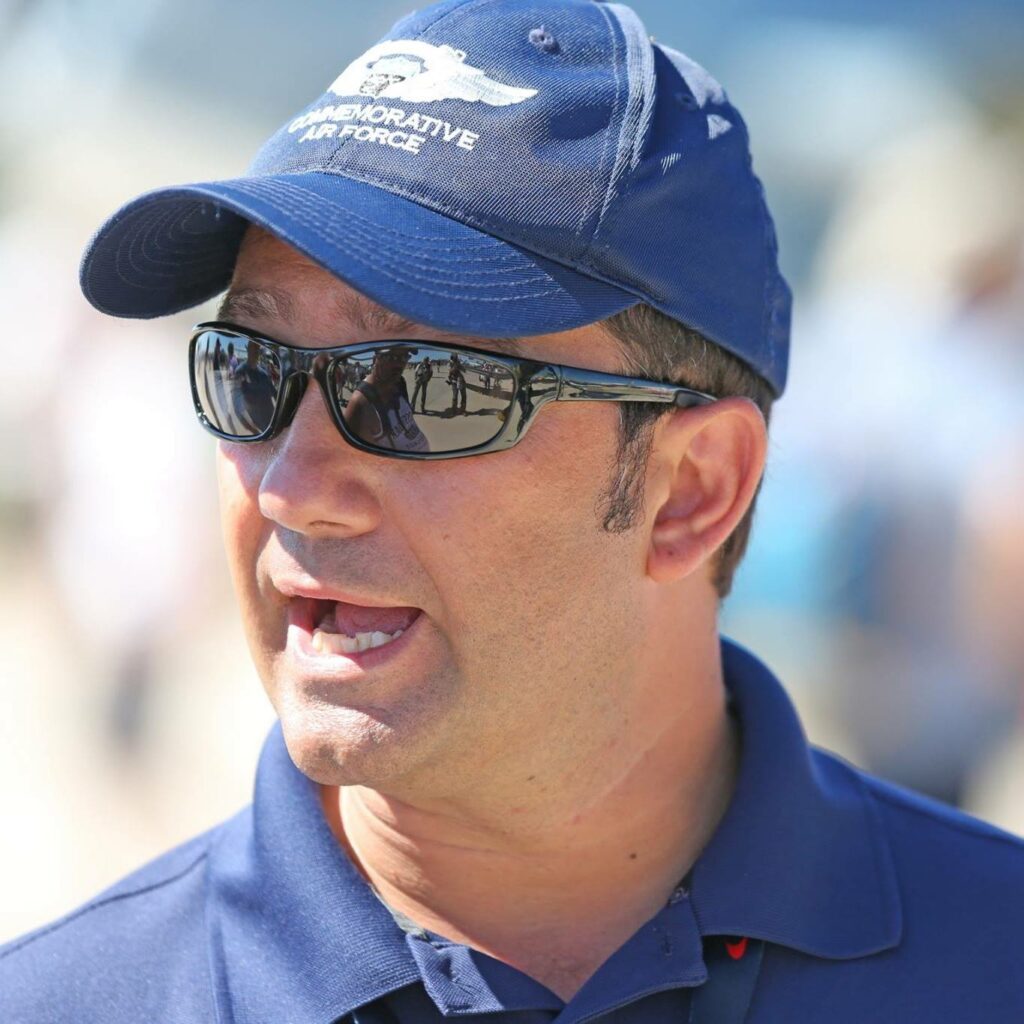

Been following this rebuild on FACEBOOK . Outstanding Job.
from a plane sponsor of the Collings Foundation B-17 G NINE”0″Nine
Do you have the link for the rebuild?
Introduced too late for the passion of being able to fly and falling in love with a Stearman but I’d ride front seat anytime and learn what I can!